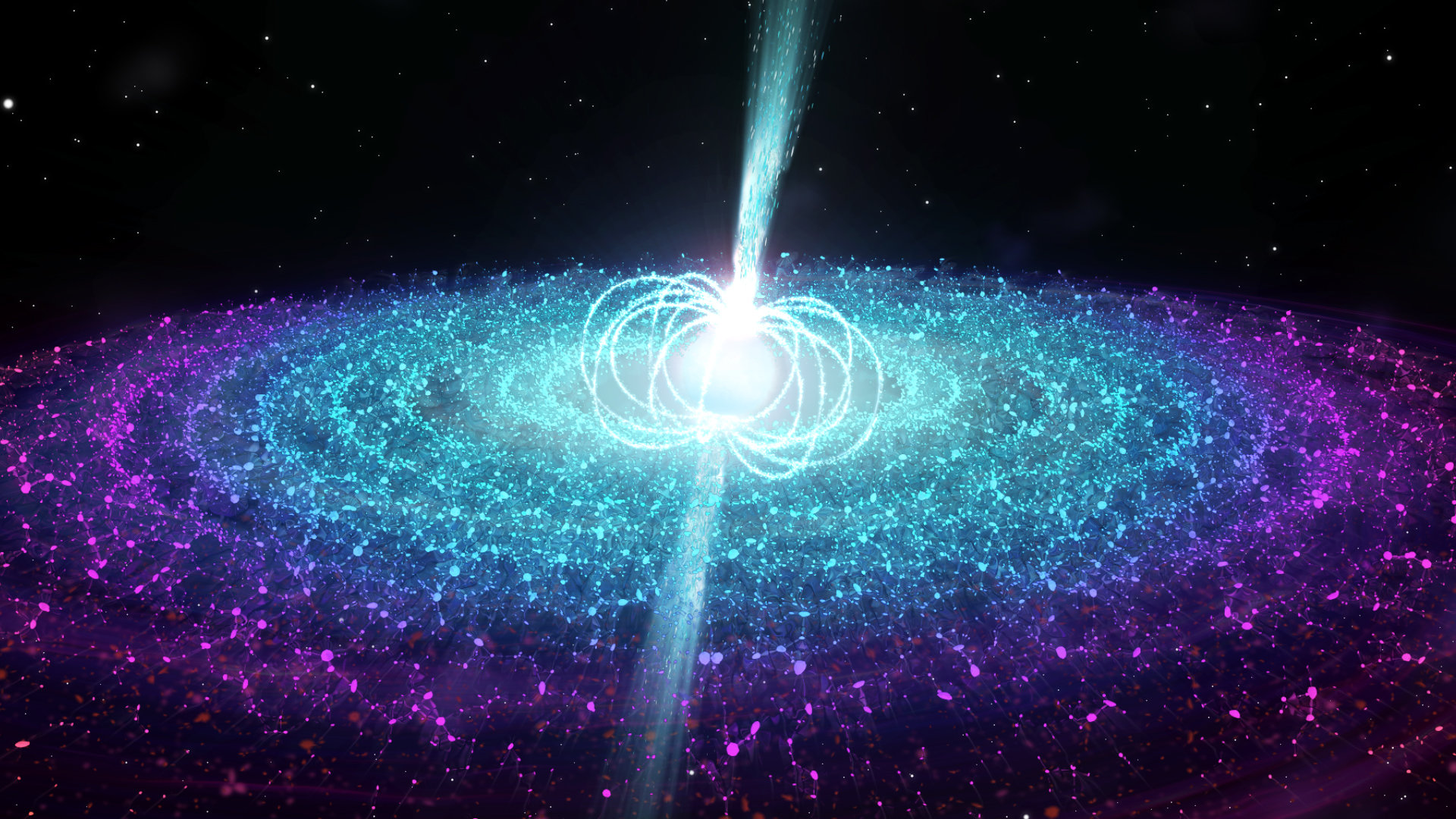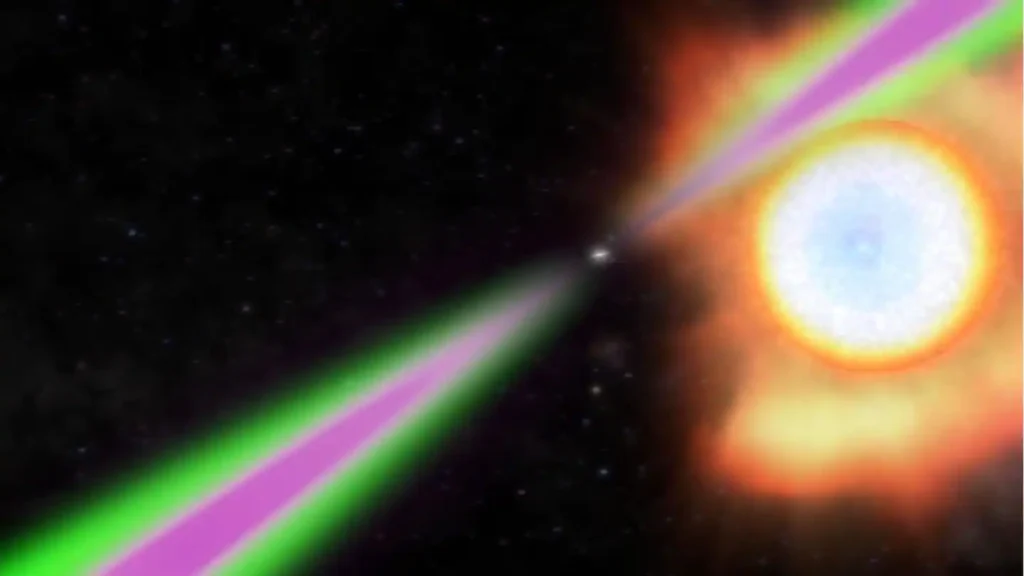
Scientists have discovered the heaviest neutron star ever, devouring its stellar companion while spinning on its axis 707 times per second.The record-setting collapsed star dubbed ‘PSR J0952-0607’ has a mass 2.35 times that of the Sun. It is located 20,000 light years away from Earth.Scientists believe that on growing further, the body will vanish as a black hole.
A brief look at PSR J0952-0607
The PSR J0952-0607 lies in the Sextans constellation, which is located just south of Leo. It is 20,000 light years away from our planet.Each time it spins, the neutron star emits a pulse of radio waves toward us. Hence, astronomers also classify it as a pulsar.This body spins every 1.41 milliseconds, which is faster than all pulsars except PSR J1748−2446ad.
What is a neutron star?
When the core of a super massive star collapses, a neutron star is born. In the known universe, neutron stars are the smallest and densest in comparison to black holes and other stellar objects.These bodies spin around their axis and can only be detected by the beams of radio waves, gamma rays, and X-rays that they emit.
PSR J0952-0607 devours matter from a companion star
The PSR J0952-0607 is part of a binary star system called a black widow pulsar.It has been named after black widow spiders, which consume their partners after mating. Similarly, this star devours matter from a companion star and attains an extremely high rotation speed.Neutron stars which are part of black widow pulsars are difficult to study as they are very faint.
PSR J0952-0607’s companion is 20 times Jupiter’s size
The scientists estimated the mass of PSR J0952-0607 by focusing on the spectrum of visible light from its companion star, which has been reduced to around 20 times that of Jupiter.The 10-meter long W. M. Keck Observatory in Hawaii was used to obtain the spectra.Now, the astronomers believe that the growth limit of neutron stars stands at 2.3 solar masses.
Recent Posts
- Astronomers detect first direct image of black hole expelling a powerful jet
- WhatsApp rolling out ‘reply with message’ feature within call notifications
- Multi-Device Pairing May Be Arriving for Apple Watch this Year
- Artificial Intelligence Discovers Hidden Giant, a Planet 5 Times Larger Than Jupiter
- Google CEO Sundar Pichai Talks Bard & The Future Of Search
Recent Comments
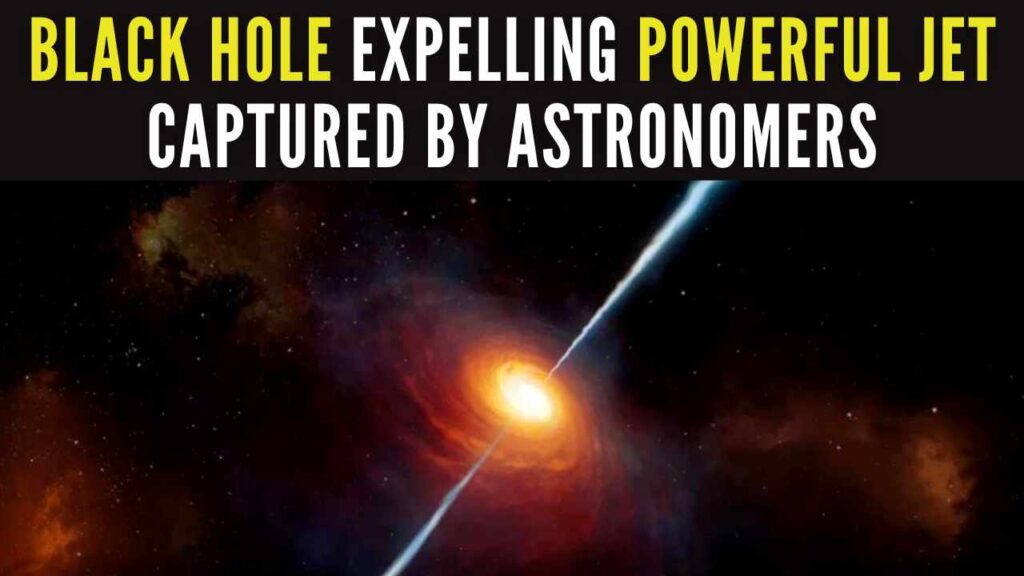
Astronomers detect first direct image of black hole expelling a powerful jet
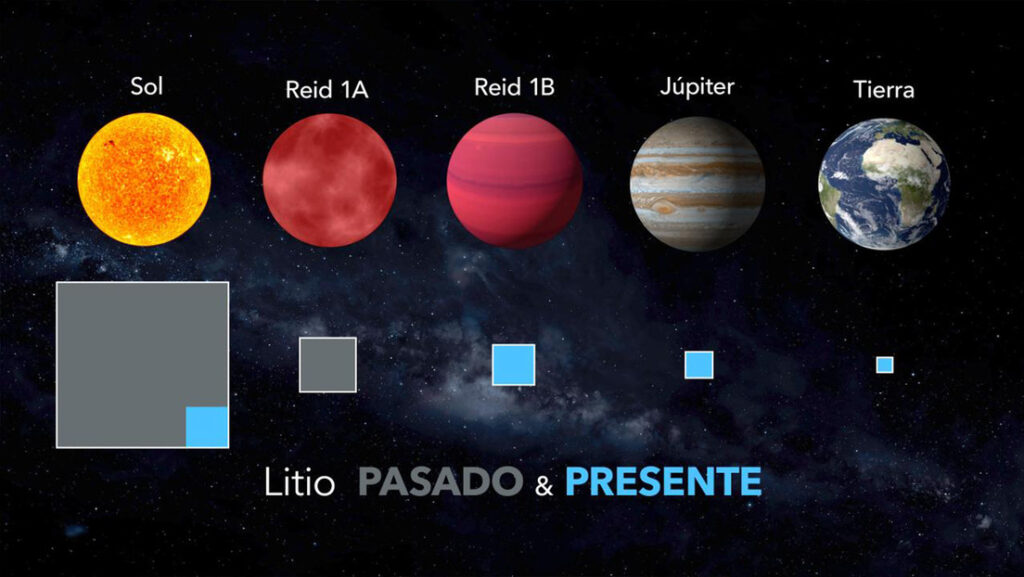
Artificial Intelligence Discovers Hidden Giant, a Planet 5 Times Larger Than Jupiter

Scientists explain melting of Antarctic ice sheet dating back 9,000 years
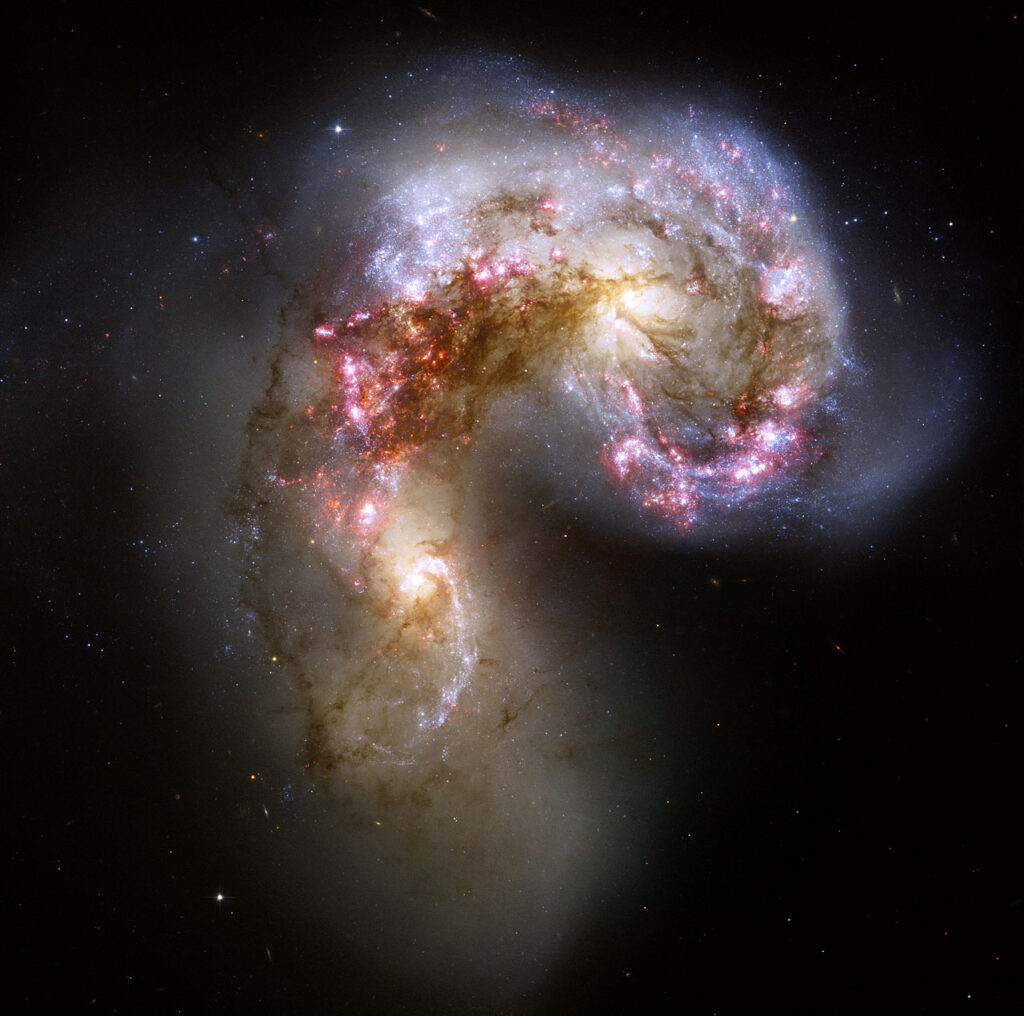
An Unexpected Discovery: Hubble, ESA's Gaia Spot Double Quasar That Existed Over 10 Billion Years Ago

Astronomers detect first direct image of black hole expelling a powerful jet

WhatsApp rolling out ‘reply with message’ feature within call notifications

Multi-Device Pairing May Be Arriving for Apple Watch this Year


